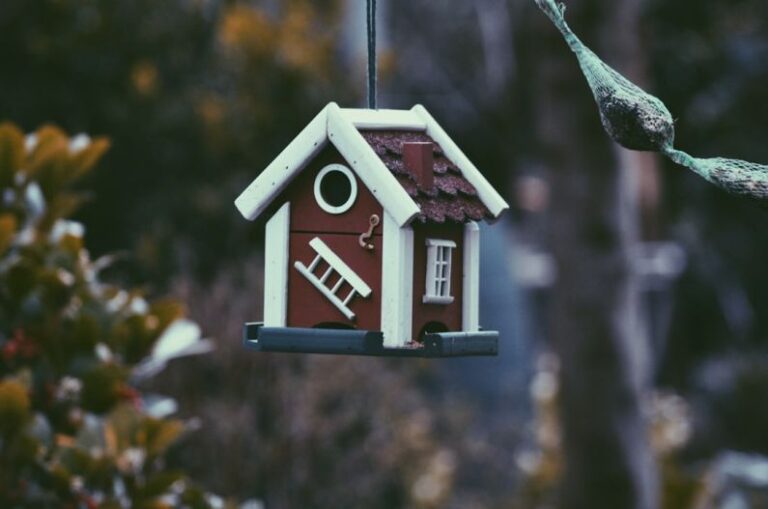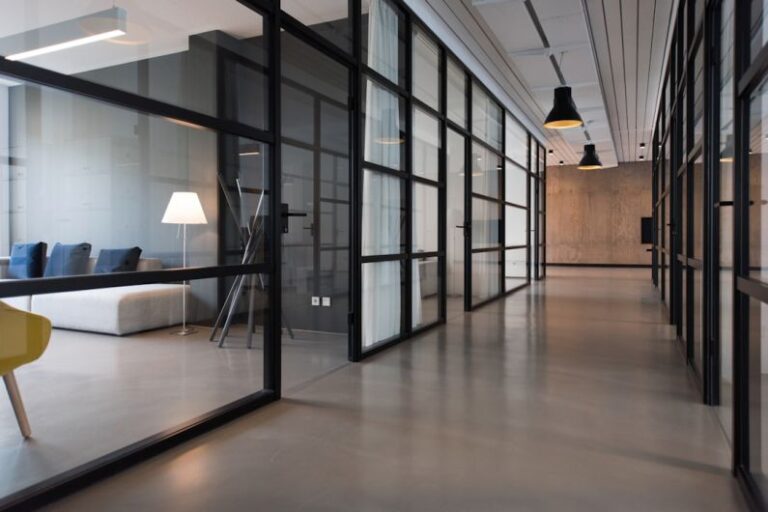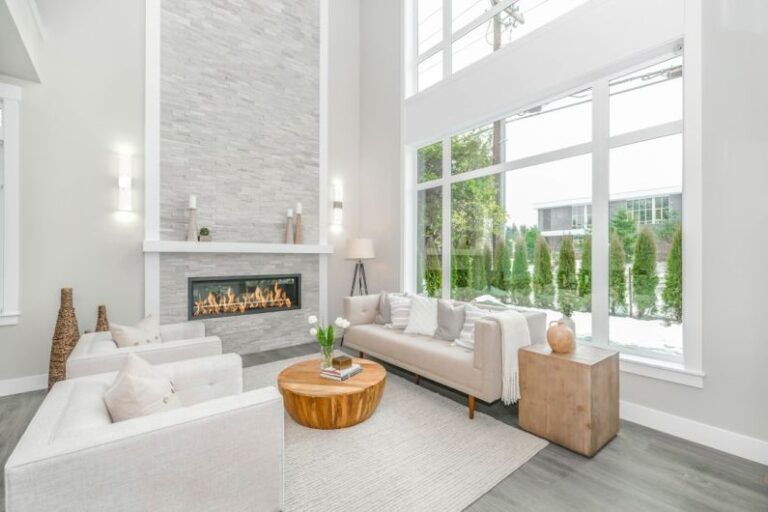
In the dynamic landscape of urban planning and development, mixed-use developments have emerged as a prominent trend that is reshaping the way people live, work, and play in cities. These innovative projects combine residential, commercial, and recreational spaces in a single location, offering a holistic urban experience that promotes sustainability, convenience, and community engagement. As urban populations continue to grow and the demand for efficient land use increases, the concept of mixed-use developments is gaining momentum as a viable solution to the challenges of urban living. This article explores the potential of mixed-use developments to shape the future of urban environments and enhance the quality of life for city dwellers.
The Rise of Mixed-use Developments
The concept of mixed-use developments is not new, but its popularity has surged in recent years as urban planners and developers seek to create more vibrant and livable urban spaces. Traditionally, cities were zoned into distinct residential, commercial, and industrial areas, leading to urban sprawl, traffic congestion, and a lack of community cohesion. In contrast, mixed-use developments integrate diverse land uses within a compact area, allowing residents to live, work, and socialize in close proximity. This mixed-use approach promotes walkability, reduces the reliance on cars, and fosters a sense of place and belonging among residents.
Creating Vibrant Urban Communities
One of the key benefits of mixed-use developments is their ability to create vibrant and dynamic urban communities. By combining residential units with retail shops, restaurants, offices, and public spaces, these developments attract a diverse mix of residents, workers, and visitors, fostering a sense of energy and activity throughout the day. The presence of amenities such as parks, plazas, and cultural facilities further enhances the social fabric of mixed-use developments, encouraging interaction and collaboration among people from different backgrounds and age groups.
Promoting Sustainability and Smart Growth
Mixed-use developments are also seen as a sustainable urban planning strategy that promotes smart growth and environmental conservation. By reducing the need for long commutes and promoting alternative modes of transportation such as walking, cycling, and public transit, these developments help minimize carbon emissions, alleviate traffic congestion, and improve air quality in urban areas. Furthermore, mixed-use projects often incorporate green building practices, energy-efficient technologies, and sustainable design principles to minimize their environmental impact and enhance the overall resilience of urban infrastructure.
Enhancing Quality of Life
Another compelling aspect of mixed-use developments is their potential to enhance the quality of life for urban residents. By providing a diverse range of housing options, employment opportunities, recreational facilities, and cultural amenities in close proximity, these developments offer a high level of convenience and accessibility that contributes to a more balanced and fulfilling lifestyle. Residents of mixed-use developments can easily access everyday services, socialize with neighbors, and enjoy a variety of leisure activities without having to travel long distances, thereby saving time, money, and energy in their daily routines.
Embracing Diversity and Inclusivity
Mixed-use developments also play a crucial role in promoting diversity and inclusivity in urban environments. By accommodating a mix of land uses, building types, and population densities within a single development, these projects create a rich tapestry of experiences and opportunities that cater to the needs and preferences of a diverse range of residents. Mixed-use developments welcome people of different ages, incomes, and backgrounds, fostering a sense of belonging and social cohesion that transcends traditional boundaries and promotes a more inclusive and equitable society.
Looking Ahead: The Future of Urban Living
As cities grapple with the challenges of rapid urbanization, climate change, and social inequality, mixed-use developments offer a promising vision for the future of urban living. By integrating diverse uses, fostering vibrant communities, promoting sustainability, enhancing quality of life, and embracing diversity, these innovative projects have the potential to reshape urban landscapes, enhance the well-being of residents, and create more resilient and equitable cities for generations to come. As we continue to explore new ways to design, build, and inhabit urban spaces, the concept of mixed-use developments is likely to play a central role in shaping the urban environments of the future.





